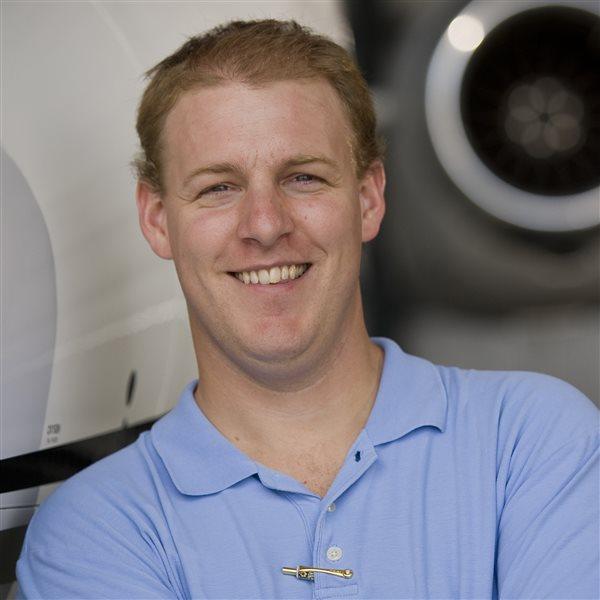Pop quiz: What’s the most important instrument in aviation? It’s definitely not the vertical speed indicator or the tacho-meter. Maybe the altimeter or the airspeed indicator? Nope. It’s the horizon.
The horizon is an excellent source of information on everything from pitch and airspeed to coordination and bank. It’s so good that many of the instruments inside the cockpit do nothing but replicate the information it provides—but with errors, lag, and the necessity to interpret their meaning. The horizon is reliable. Assuming you haven’t pushed the envelope and flown in poor visibility, it never fails.
One of the great joys of teaching is that you get to see a variety of styles, and after some experience it becomes apparent that some work well and others don’t. While physics of flight are constant, how you manipulate them to your advantage is not. A properly trained pilot puts the airplane where he wants, which he’s able to do by flying by reference to the horizon first, using the instruments as a secondary source of information.
A few weeks ago I started flying with a co-worker in an effort to get him current again. He said he felt rusty, his flight review had expired, and he wanted something more than the minimum one-hour flight and ground sessions to feel confident again. Turns out I was the student. From the second the wheels left the ground it was obvious to me that he had been properly trained. Despite not flying for two years, he nailed every airspeed, every altitude, and every heading. At one point I joked that he was two knots fast in the climb. He’s since whipped me at spot landing contests and short-field technique.
The reason he was able to get in an airplane after so long and be so good, with no degradation in performance, is because he has the right fundamentals. Like a baseball player with a beautiful swing or a drummer who keeps perfect time, the core skills never left. His eyes remain outside more than three-quarters of the time, and he uses the horizon for the direct information he needs for pitch, bank, heading, and so on. This is also why some pilots can easily jump from airplane to airplane. They establish a position on the horizon, verify with instruments, and make minor changes as necessary. The strategy is universal.
This month we have three stories that reaffirm this outside-first mentality. Glider pilots do it better than most, primarily because they have to! Read John Mahany’s story on the basics of soaring beginning on page 28. William Dubois goes into more details and shares tips to break your digital dependence on page 38. Finally, one maneuver that requires you to focus outside while controlling the airplane under changing variables is turns around a point, this month’s Technique, on page 42.
Open your eyes to the outside world and life becomes easier—and infinitely more fun.



